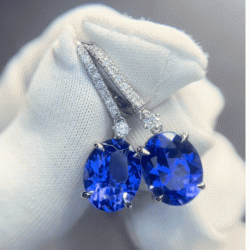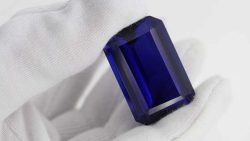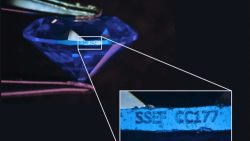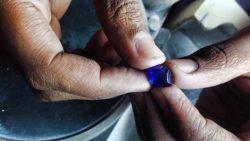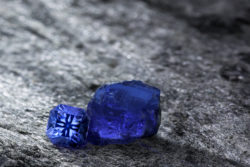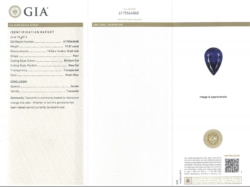Understanding the Best Color of Tanzanite
October 8, 2024 4:06 amColor Spectrum
The ideal tanzanite exhibits a rich, vibrant hue, with deep blue and violet being the most sought after. Larger stones typically showcase the most intense colors, while smaller tanzanites tend to be lighter. Here’s a breakdown of the key color classifications:
- Bluish-Violet (bV): This classification indicates a tanzanite with more violet than blue, offering a lovely blend that some buyers prefer.
- Violetish-Blue (vB): This type shows greater dominance of blue, often regarded as the more desirable option due to its striking appearance.
Is Violet Tanzanite Less Expensive than Blue Tanzanite?
In the marketplace, there is generally no price difference between violet-dominant and blue-dominant tanzanite. While confusingly some ( very reputable) websites may suggest otherwise, the value of tanzanite is primarily determined by the overall quality, saturation, and clarity of the stone rather than its color dominance.
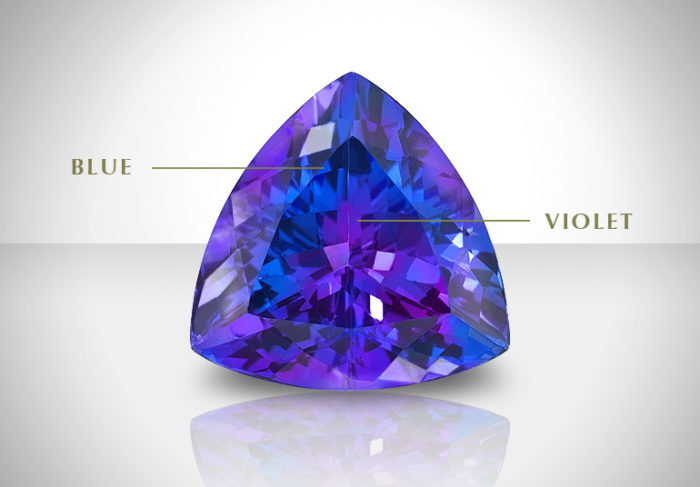
Pleochroism: A Unique Feature
One remarkable characteristic of tanzanite is its pleochroism, which means it can display two colors simultaneously. Depending on the angle, you may notice both blue and violet hues, enhancing the stone’s complexity and allure. Occasionally, larger tanzanites may also reveal flashes of burgundy, adding depth to the color experience.
Grading Systems
No standard quality grading scales exist for tanzanite – or any other colored stone. Diamonds are the only gemstone with a universally applied grading system. As a result, there is a bewildering array of terms used on the internet to describe tanzanite, most of which are entirely subjective and based on the author’s personal opinion, education, and commercial motives. This fact makes it very important for consumers to buy from a trusted source.
D Block & “AAA+” TANZANITE
These two phrases are very commonly used online to imply high value and superior quality, but in reality, they have no scientific basis whatsoever and should not be taken as a guarantee of quality.
Conclusion
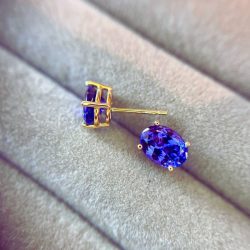 When choosing a tanzanite, prioritize deep, saturated colors—especially vivid blue and violet—as they signify quality and rarity. Remember, while a deep violetish-blue may be stunning, each tanzanite has its unique beauty, so personal preference should guide your selection.
When choosing a tanzanite, prioritize deep, saturated colors—especially vivid blue and violet—as they signify quality and rarity. Remember, while a deep violetish-blue may be stunning, each tanzanite has its unique beauty, so personal preference should guide your selection.
By understanding these key aspects of tanzanite color, you can make an informed decision and choose a gemstone that truly resonates with you.




